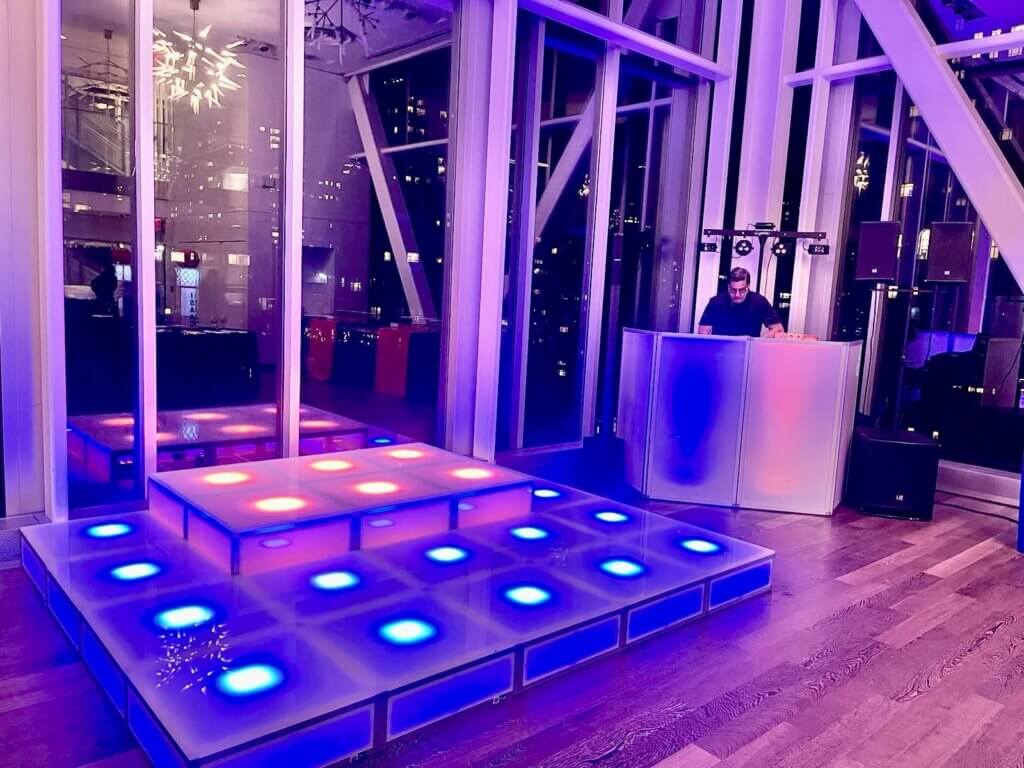The Transformative Power in Luminance at Enhancing Dancing Surface Aesthetics
The Transformative Power in Luminance at Enhancing Dancing Surface Aesthetics
Blog Article
Lighting plays a critical role in creating the environment of a dance floor. It can convert a basic space into an dynamic environment that boosts the complete encounter for dancers and audience alike. The right lighting can affect the feeling, energy, and even the form of the performance being performed. By using multiple types of lighting, such as spotlights, colored illumination, and flashing lights, event organizers can create a lively environment that engages the spectators and encourages participation.
One of the main functions of lighting on a dance floor is to highlight the performers. Spotlights can be used to focus attention on individual dancers or groups, making them the center of attraction. This technique not only showcases their movements but also adds a layer of drama to the performance. When dancers are illuminated effectively, their expressions and techniques become more visible, allowing the audience to appreciate their skills. This focused lighting can also help to create a narrative, leading the spectators through the show.
In furthermore to showcasing performers, colored illumination can greatly impact the atmosphere of the dancing area. Different colors evoke varied feelings; for example, warm colors like red and orange can generate a sense of excitement and vitality, while dance floor decoration for birthdays cooler colors like azure and emerald can encourage tranquility and ease. By thoughtfully using colored illumination, event planners can manipulate the atmosphere to match the theme of the event or the type of the performance. This considerate approach to lighting setup can enhance the complete encounter for everyone involved.
Flashing lights and other active lighting features can also add thrill to a dancing area. These features can generate a sense of rhythm and motion that complements the soundtrack being played. When synchronized with the beat, strobe lights can make the dance floor feel vibrant, inviting dancers to groove in sync with the pulsing lights. This interaction between light and music can elevate the vitality of the event, making it more pleasurable for both dancers and spectators. The use of such effects requires thoughtful consideration to ensure they enhance rather than divert from the show.
Ultimately, the complete setup of the lighting arrangement is essential for establishing a unified look on the dancing area. A carefully planned lighting plan considers the layout of the space, the kind of performance being performed, and the audience's experience. By combining different lighting techniques, such as ambient lighting, highlighting, and unique features, planners can create a visually stunning setting. This focus to detail not only enhances the show but also creates a lasting impression on the audience, making the event unforgettable. In summary, the transformative power of lighting is essential in improving dance floor aesthetics, establishing an captivating and enjoyable experience for all.